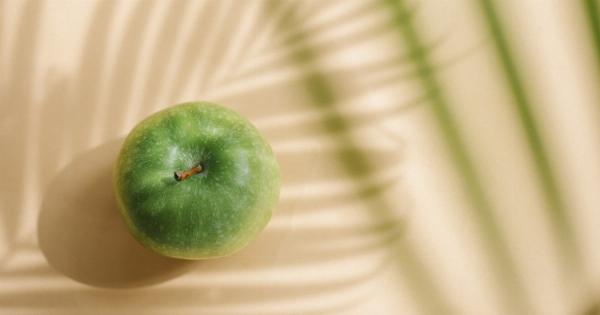Heart rate refers to the number of times your heart beats per minute. Understanding your heart rate is essential both for fitness and medical purposes.
Knowing how to check your heart rate is one of the essential steps you can take towards monitoring your heart’s health and fitness level. In this article, we will explore how you can check your heart rate accurately and what it tells you.
What is a Heart Rate
A normal resting heart rate for adults ranges between 60-100 beats per minute (bpm). However, other factors such as age, fitness level, and overall health can influence your heart rate.
Generally, a lower heart rate indicates better cardiovascular fitness, while a higher heart rate could indicate that your heart is working harder than it should.
Why Check Your Heart Rate
Checking your heart rate is an important step towards maintaining optimal health and fitness. Here are some reasons:.
- Monitoring heart health: High resting heart rate can be an early sign of heart diseases such as hypertension and heart failure.
- Tracking fitness progress: Your heart rate can indicate how your fitness level is improving when you exercise regularly.
- Avoiding overexertion: Knowing your heart rate can help you from over-exercising, especially if you have a medical condition where you need to reduce your heart workload.
How to Check Your Heart Rate
You can check your heart rate in several ways:.
- Using your fingers to take your pulse rate.
- Using a smartwatch or fitness tracker that has a heart rate sensor.
- Using a heart rate monitor chest strap.
Checking Your Heart Rate Using Fingers
To take your pulse rate using your fingers, follow these simple steps:.
- Sit down and relax for a few minutes.
- Find the pulse on your wrist or neck.
- Using your fingers, place them over the pulse.
- Count the number of beats in 15 seconds and multiply by 4 to get your bpm
Checking Your Heart Rate Using a Smartwatch or Fitness Tracker
Most smartwatches and fitness trackers have a heart rate sensor that can monitor your heart rate. To measure your heart rate using the device, follow these steps:.
- Put on the watch or fitness tracker and ensure the sensors are touching your skin.
- Find and open the heart rate monitor application on the device.
- Wait for the device to take your heart rate readings.
- View the reading on the device screen.
Checking Your Heart Rate Using a Heart Rate Monitor Chest Strap
A heart rate monitor chest strap is a device that wraps around your chest to measure your heart rate. Here are the steps to follow:.
- Put on the chest strap and ensure it fits snugly on your chest.
- Wet the sensors on the chest strap to improve the connection with your skin
- Connect the device receiving the signals from the chest strap.
- Wait for the device to take your heart rate readings.
- View the reading on the device screen.
What Your Heart Rate Tells You
Knowing how to check your heart rate is beneficial, but what does the reading tell you about your health and fitness? Here is a guide on how to interpret your heart rate readings:.
- 60-100 bpm: This is the normal range for adults at rest.
- Average resting heart rate for men: 60-70 bpm.
- Average resting heart rate for women: 60-75 bpm.
- Less than 60 bpm: Indicates that your heart is strong, or you are an athlete or physically fit person.
- Between 100-120 bpm: May indicate that you are out of shape or have anxiety.
- Over 120 bpm: Could be a sign of an underlying health issue that needs medical attention.
Conclusion
Knowing how to check your heart rate is one of the fundamental steps you can take towards monitoring your heart health and fitness level.
With this guide on different ways to check your heart rates and what the readings mean, you are now in a better position to take charge of your heart health. Remember, if you have concerns or experience any unusual symptoms, speak to a healthcare professional.



























